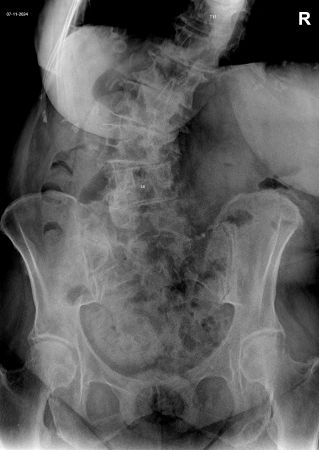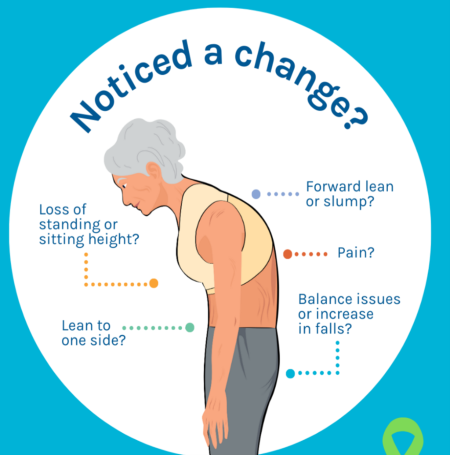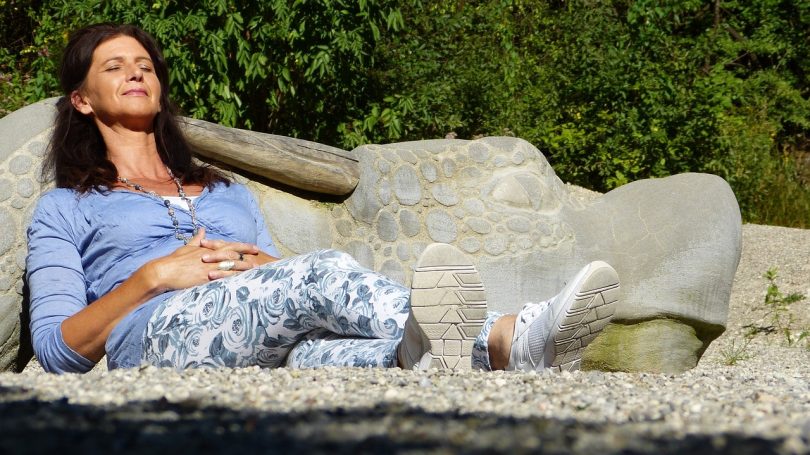…Scoliosis Can Start Around Menopause?
Did You Know Scoliosis Can Start Around Menopause?
When people think of scoliosis, they often imagine it as a condition that develops during adolescence. While it is true that Adolescent Idiopathic Scoliosis (AIS) is the most common form, scoliosis is not just a childhood condition. Adult-onset scoliosis, particularly during and after menopause, is a significant yet often overlooked health concern. This is often referred to as Adult De- novo Degenerative Scoliosis.

The Link Between Menopause & Scoliosis
Menopause is a time of profound hormonal changes in a woman’s body, marked by a significant decline in oestrogen levels. Oestrogen plays a crucial role in maintaining bone health by regulating bone remodelling and reducing bone resorption. When oestrogen levels drop, the risk of osteoporosis increases, leading to weakened bones and making the spine more susceptible to degeneration. This, in turn, can lead to Adult De novo Degenerative Scoliosis.
Degenerative scoliosis is caused by the gradual wear and tear of the spine’s facet joints and discs, which can result in an abnormal curvature. The condition is most commonly observed in individuals over 50, with women being disproportionately affected, especially after menopause.
Signs & Symptoms of Scoliosis in Adults
Adult-onset scoliosis can manifest with symptoms that may be mistaken for other conditions. Common signs include:
- uneven shoulders or hips
- back pain, often localized or radiating to the legs
- a visible curvature of the spine
- numbness or weakness in the legs, caused by pressure on spinal nerves
- loss of height over time.
If you notice any of these symptoms, it is essential to consult a scoliosis clinician for an accurate diagnosis.

Prevention & Management
While scoliosis that develops around menopause can be challenging, there are proactive steps women can take to reduce their risk and manage the condition:
- Maintain Bone Health: Ensure adequate calcium and vitamin D intake to support bone density. Weight-bearing exercises such as walking or resistance training can also strengthen bones.
- Monitor Hormonal Changes: Discuss hormone replacement therapy (HRT) with your doctor if you are at high risk for osteoporosis.
- Seek Early Intervention: Regular check-ups with a spine specialist can help detect scoliosis early, even before symptoms become severe. Seek a specialist who has access to an x-ray machine as an x-ray is a tool which can be used to determine the angle of scoliosis. This angle is called the Cobb Angle and is a useful way of monitoring curves which are likely to progress.
- Consider Non-Surgical Treatments: Physical therapy, bracing, and pain management techniques can often provide relief and slow the progression of scoliosis. Adult scoliosis bracing has become a frequent and effective means of care for this debilitating spinal condition. ScoliBrace is now one the world’s leading manufacturers of bespoke scoliosis braces and works by improving spinal posture and by stabilising unstable segments of the spine.
- Surgery as a Last Resort: For severe cases, surgical intervention may be necessary to correct the curvature and stabilize the spine.

Raising Awareness
Understanding that scoliosis can develop during menopause underscores the importance of regular spinal health check-ups for women as they age. By staying informed and proactive, women can better manage their bone health and reduce the impact of scoliosis on their quality of life.
Scoliosis does not end with adolescence—it evolves with age and can significantly impact women entering menopause. By recognising the signs and addressing risk factors, you can take control of your spinal health during this transformative stage of life.



